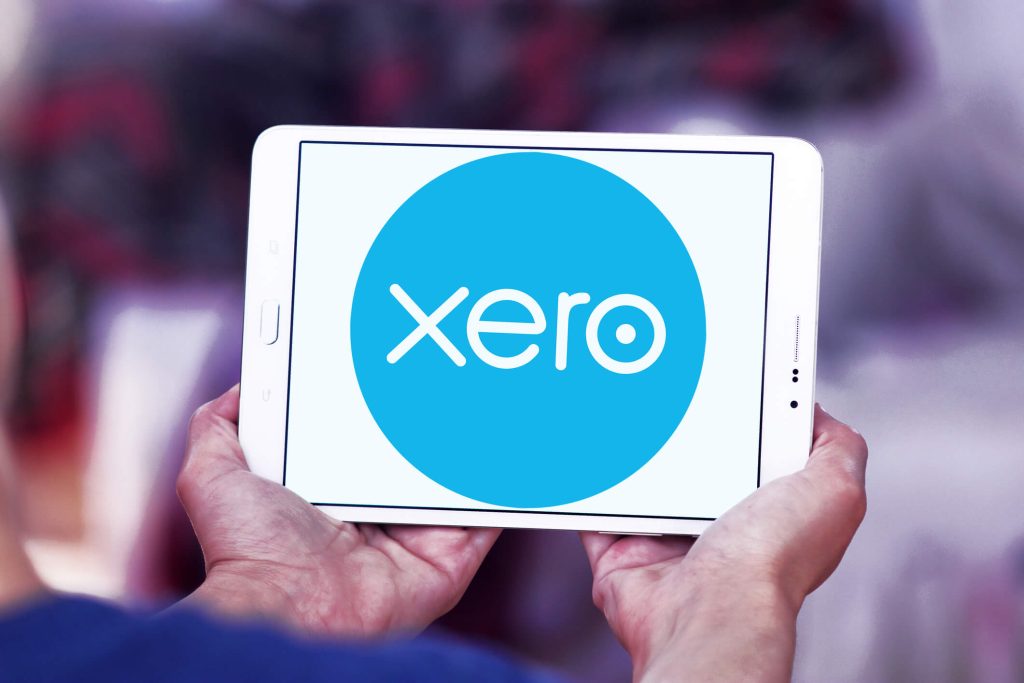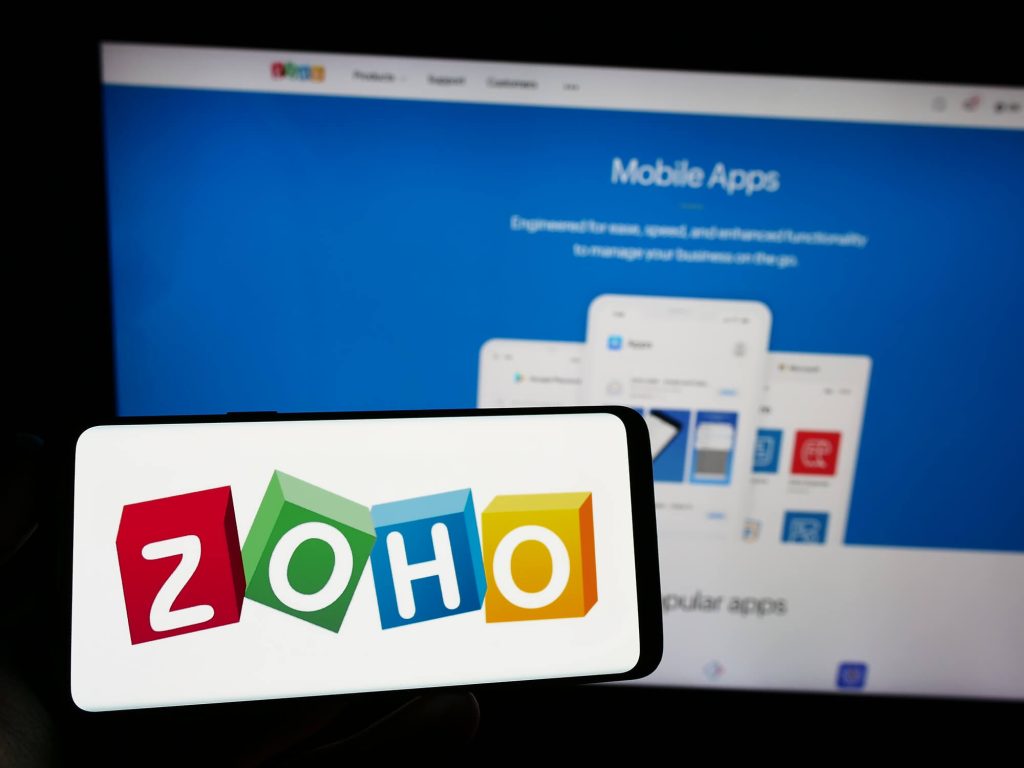By alphacardprocess May 24, 2024
In recent news, Intuit, the company behind the popular accounting software QuickBooks, has announced its decision to discontinue the product. This decision has left many users and businesses wondering about the implications and what steps they should take next. In this comprehensive guide, we will provide an overview of the discontinuation of Intuit QuickBooks, delve into its evolution and reasons for the phaseout, explore the implications for users and businesses, provide alternatives to QuickBooks, guide users through the data migration process, discuss the importance of training and support for the new software, and address frequently asked questions related to the discontinuation.
The Evolution of Intuit QuickBooks
Intuit QuickBooks has a rich history, starting from its launch in 1983. It quickly gained popularity among small businesses due to its user-friendly interface and robust features. Over the years, QuickBooks evolved to become the go-to accounting software for millions of users worldwide. Its features included invoicing, expense tracking, payroll management, and financial reporting, making it a comprehensive solution for businesses of all sizes.
The success of QuickBooks can be attributed to its ability to adapt to the changing needs of businesses. Intuit continuously updated the software to incorporate new features and improvements based on user feedback. This allowed businesses to streamline their accounting processes, save time, and make informed financial decisions.
Reasons for the Discontinuation
While QuickBooks enjoyed immense popularity, the decision to discontinue the software was not made lightly. Intuit took into account various factors that influenced this strategic move. One of the primary reasons for the discontinuation is the rapidly evolving market trends and technological advancements in the accounting software industry.
With the rise of cloud-based accounting solutions and the increasing demand for mobile accessibility, Intuit recognized the need to shift its focus towards developing more modern and scalable software. This decision aligns with the company’s long-term strategic direction and its commitment to providing innovative solutions to its customers.
Implications for Users and Businesses
The discontinuation of QuickBooks has significant implications for users and businesses relying on the software for their accounting needs. One of the main challenges they may face is finding suitable alternatives that meet their specific requirements. It is crucial for users to carefully evaluate alternative accounting software options to ensure a smooth transition and minimal disruption to their accounting processes.
Another important consideration is the migration of data from QuickBooks to the chosen alternative software. Users need to plan and execute this process carefully to avoid any loss or corruption of data. Additionally, businesses may need to invest time and resources in training their employees on the new software to ensure a seamless transition.
Finding Alternatives to Intuit QuickBooks
With the discontinuation of QuickBooks, users and businesses need to explore alternative accounting software options. Fortunately, there are several reputable alternatives available in the market that offer similar features and functionalities. Here are some popular alternatives to consider:
- Xero: Xero is a cloud-based accounting software known for its user-friendly interface and robust features. It offers features such as invoicing, expense tracking, bank reconciliation, and financial reporting. Xero also integrates with various third-party applications, making it a versatile choice for businesses of all sizes.

- Zoho Books: Zoho Books is another cloud-based accounting software that offers a comprehensive set of features. It includes invoicing, expense tracking, inventory management, and project tracking. Zoho Books also integrates seamlessly with other Zoho applications, providing a unified platform for businesses.

- Wave: Wave is a free accounting software that caters to small businesses and freelancers. It offers features such as invoicing, expense tracking, and financial reporting. While Wave may not have all the advanced features of QuickBooks, it is a cost-effective solution for businesses with basic accounting needs.
- FreshBooks: FreshBooks is a cloud-based accounting software designed for service-based businesses. It offers features such as time tracking, project management, and client invoicing. FreshBooks also integrates with popular payment gateways, making it easy for businesses to accept online payments.
- Sage Intacct: Sage Intacct is a robust accounting software designed for mid-sized and large businesses. It offers advanced features such as multi-entity management, revenue recognition, and financial consolidation. Sage Intacct also provides industry-specific solutions, making it suitable for businesses with complex accounting requirements.
When evaluating alternative accounting software options, it is important to consider factors such as pricing, scalability, user reviews, and integration capabilities. It is also advisable to take advantage of free trials or demos to get a hands-on experience with the software before making a decision.
Migrating Data from QuickBooks to Alternative Software
Once a suitable alternative accounting software has been chosen, the next step is to migrate data from QuickBooks to the new software. Data migration can be a complex process, and it is crucial to plan and execute it carefully to ensure the integrity and accuracy of the data. Here is a step-by-step guide to help users navigate the data migration process:
- Evaluate data compatibility: Before initiating the migration process, users should ensure that the chosen alternative software supports the import of QuickBooks data. Most accounting software providers offer tools or resources to assist with data migration.
- Backup QuickBooks data: It is essential to create a backup of all QuickBooks data before starting the migration process. This ensures that in case of any issues or data loss during migration, users can restore their data from the backup.
- Export data from QuickBooks: QuickBooks provides options to export data in various formats, such as Excel or CSV. Users should export all relevant data, including customer information, vendor details, chart of accounts, and transaction history.
- Cleanse and format data: Before importing the data into the new software, it is advisable to cleanse and format the data to ensure consistency and accuracy. This may involve removing duplicate entries, standardizing naming conventions, and verifying data integrity.
- Import data into the new software: Follow the instructions provided by the alternative software provider to import the exported QuickBooks data. This may involve mapping fields from QuickBooks to the corresponding fields in the new software.
- Verify data accuracy: After importing the data, it is crucial to verify its accuracy and integrity. Users should reconcile account balances, review transaction history, and ensure that all data has been successfully migrated.
- Train employees on the new software: Once the data migration is complete, businesses should invest time in training their employees on the new software. This ensures that everyone is familiar with the features and functionalities and can effectively use the software for their accounting needs.
It is important to note that data migration can be a time-consuming process, depending on the volume and complexity of the data. Users should allocate sufficient time and resources to ensure a smooth transition.
Training and Support for the New Software
Adopting a new accounting software requires proper training and support to ensure a successful transition. Here are some recommendations for users and businesses to get up to speed with their chosen alternative software:
- Vendor-provided resources: Most accounting software providers offer a range of resources to help users get started with their software. These resources may include user guides, video tutorials, webinars, and knowledge bases. Users should take advantage of these resources to familiarize themselves with the software’s features and functionalities.
- Online courses and certifications: Many accounting software providers offer online courses and certifications to help users become proficient in using their software. These courses cover various topics, from basic navigation to advanced reporting and analysis. Users can consider enrolling in these courses to enhance their skills and maximize the benefits of the new software.
- User communities and forums: Joining user communities and forums related to the chosen alternative software can be a valuable resource for users. These communities provide a platform for users to ask questions, share best practices, and learn from each other’s experiences. Active participation in these communities can help users gain insights and solve any challenges they may encounter.
- On-site or virtual training: For businesses with a larger user base or complex accounting requirements, it may be beneficial to invest in on-site or virtual training sessions. Many software providers offer customized training programs tailored to the specific needs of businesses. These sessions can help employees gain a deeper understanding of the software and its capabilities.
- Dedicated support channels: It is important to familiarize yourself with the support channels provided by the alternative software vendor. This may include phone support, email support, live chat, or a dedicated support portal. Users should know how to access these support channels and understand the response times and availability of support.
By investing time and resources in training and support, users and businesses can ensure a smooth transition to the new software and maximize its benefits.
Frequently Asked Questions (FAQs)
Q.1: Will I receive a refund for my QuickBooks subscription?
Intuit has provided information regarding refunds for QuickBooks subscriptions. Users should refer to Intuit’s official communication or contact their customer support for specific details regarding refunds.
Q.2: How long will Intuit continue to provide customer support for QuickBooks?
Intuit has committed to providing customer support for QuickBooks for a specified period after the discontinuation. Users should refer to Intuit’s official communication or contact their customer support for specific details regarding the duration of customer support.
Q.3: Can I export my QuickBooks data to another accounting software?
Yes, QuickBooks provides options to export data in various formats, such as Excel or CSV. Users can export their data from QuickBooks and import it into another accounting software that supports data import.
Q.4: What alternative accounting software do you recommend for small businesses?
There are several alternative accounting software options available for small businesses. Some popular choices include Xero, Zoho Books, Wave, and FreshBooks. It is important for businesses to evaluate their specific requirements and compare features, pricing, and user reviews to make an informed decision.
Q.5: Will I lose access to my historical data after QuickBooks is discontinued?
Users should ensure that they have exported and backed up their QuickBooks data before the discontinuation. This will ensure that they have access to their historical data even after QuickBooks is discontinued. The chosen alternative accounting software should support the import of QuickBooks data for a seamless transition.
Conclusion
In conclusion, the discontinuation of Intuit QuickBooks has significant implications for users and businesses relying on the software for their accounting needs. It is important for users to understand the reasons behind the discontinuation and explore alternative accounting software options that meet their specific requirements. The process of migrating data from QuickBooks to the chosen alternative software should be carefully planned and executed to ensure a smooth transition. Training and support are crucial for users and businesses to maximize the benefits of the new software. By planning ahead, exploring alternative options, and seeking support during the transition, users and businesses can navigate the phaseout of QuickBooks successfully.